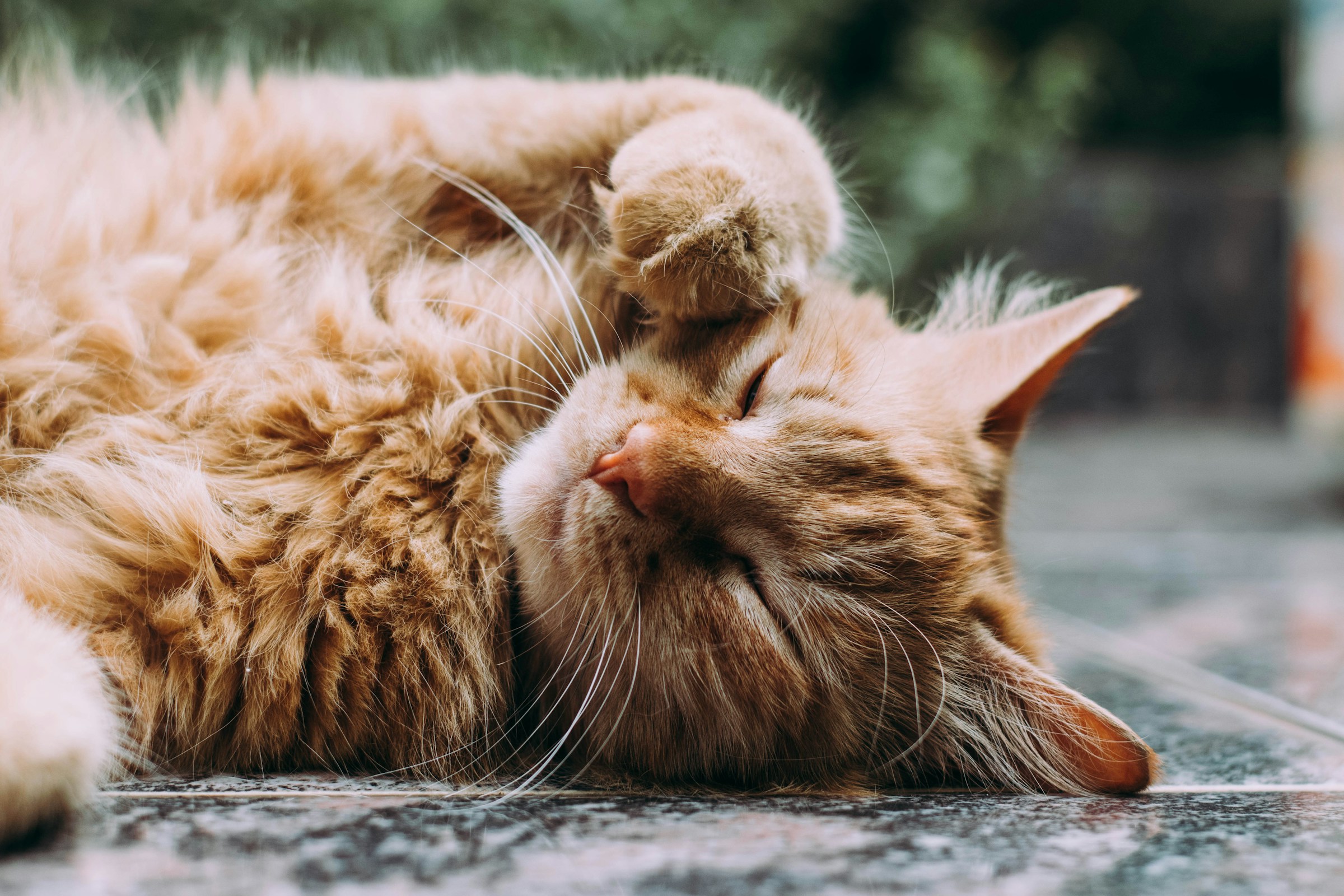Taking care of an orphaned kitten requires a great deal of time, energy, and love. Orphaned kittens, also known as bottle babies, are those who are too young to eat solid food and are therefore unable to feed themselves. These kittens are often abandoned by their mothers and require human intervention to survive. This intervention often takes the form of bottle feeding. But, how exactly do you go about this task? What are the steps you need to follow to ensure the kitten grows up healthy and strong? In this article, we will guide you through the process of bottle feeding and caring for these tiny felines.
Understanding The Age of the Kitten
Understanding the kitten’s age is absolutely critical when it comes to caring for them. The age will determine the type of care they require, the type of food they can consume, and their feeding frequency.
Dans le meme genre : What are the best practices for handling and care of a hairless breed like the Bambino cat?
Newborn kittens are typically small in size, with their eyes and ears closed. They begin to open their eyes around 7-10 days, and their ears will start to stand up straight by the second week. By the time they are 4 weeks old, they should be able to walk steadily, and their teeth will start to come in.
For the first four weeks of their lives, kittens require a diet that consists solely of their mother’s milk or a suitable milk replacement formula. They will not be able to consume solid food until they are around 4 weeks old, so you must provide them with the necessary nutrition through bottle feeding.
En parallèle : How do you ensure proper hydration in cats prone to urinary tract issues, and what water sources are recommended?
Choosing and Preparing The Proper Formula
When mother’s milk is not an option, you will have to rely on kitten milk replacement formula. It’s critical to understand that cow’s milk or other dairy products are not suitable for kittens and can cause diarrhea and malnutrition.
Kitten milk replacement formula can be found at most pet stores and online. This liquid gold is formulated to mimic a mother cat’s milk and provide the essential nutrients that kittens need for growth and development.
To prepare the formula, follow the instructions provided on the package. Most formulas will need to be mixed with warm water. The formula should be served at body temperature to avoid shocking the kitten’s digestive system. Always test the temperature of the formula on your wrist before feeding, just as you would with a human baby’s bottle.
Steps for Bottle Feeding
Now that you have determined the kitten’s age and prepared the proper formula, it’s time to move on to the actual feeding process. This is a delicate process that needs to be handled with care.
Before you begin, make sure you’re in a quiet, comfortable space where the kitten will feel safe. Hold the kitten on their stomach and not their back, just like their mother would. The bottle should be tilted slightly so that air does not enter the kitten’s stomach.
The feeding should be done slowly, allowing the kitten to swallow and breathe comfortably. Overfeeding can lead to digestive issues. The kitten will usually stop feeding once they are full, but if they continue to suckle, you may need to remove the bottle.
Monitoring Growth and Adjusting Feedings
It’s crucial to monitor the kitten’s growth and adjust feedings as necessary. Generally, kittens should gain about a half to one ounce of weight per day during their first few weeks of life.
Feeding frequency will depend on the kitten’s age. Newborn kittens up to a week old will need feedings every 2-3 hours, while those who are 2 to 3 weeks old will require feedings every 3-4 hours. Once they hit the four weeks mark, they can start transitioning to wet kitten food, and the feedings can be reduced to four times a day.
It’s also important to stimulate the kitten’s elimination after each feeding. This can be done by gently rubbing their lower abdomen with a warm, damp cloth.
Providing Additional Care
While feeding is a crucial element of kitten care, it’s not the only factor to consider. You also need to provide warmth, as kittens are unable to regulate their body temperature for the first few weeks of life. A heating pad set on low under a blanket or towel can help provide the needed warmth.
Socialization is another important aspect of kitten care. Spend time with the kitten, talking and playing with them when they’re not eating or sleeping. This will help them become comfortable with humans and prepare them for life as a beloved pet.
Remember, caring for a kitten is a rewarding experience, but it does require dedication and attention. Always consult with a vet if you’re unsure about the kitten’s health or if they are not growing or developing as they should.
What to Do in Case of Emergencies
In any caregiving process, emergencies are bound to happen and taking care of orphaned kittens is no different. It is, therefore, crucial to be prepared and know how to handle different emergency situations that may arise.
The most common emergencies that you may encounter include kittens refusing to feed, kittens having diarrhea, and kittens appearing weak or lethargic. In such cases, timely intervention is crucial for the survival of the kitten.
If a kitten refuses to feed, try warming the formula a little more or adjusting the nipple of the bottle. If this doesn’t work, seek immediate professional help as a refusal to feed can quickly lead to fatal dehydration and malnutrition. On the other hand, diarrhea can be a sign of overfeeding or that the kitten is not tolerating the milk replacer. In such cases, it’s important to consult with a vet to determine the cause and the right course of treatment.
If a kitten appears weak, lethargic, or is not gaining weight, it could be a sign of an underlying health issue. Seek immediate veterinary assistance, as these could be signs of potentially life-threatening conditions.
Remember, when caring for newborn kittens, it’s better to err on the side of caution. A quick response can mean the difference between life and death for these fragile creatures.
Building a Transition Plan to Solid Food
As your orphaned kitten grows, so will their nutritional needs. At around 4 weeks of age, you should start introducing solid food into their diet. This transition should be gradual and carefully monitored to ensure the kitten is adapting well.
Start by introducing a high-quality kitten wet food. You can mix it with the kitten milk replacer to create a gruel-like mixture. This will be easy for the kittens to lap up and digest.
Over the next few weeks, gradually reduce the amount of milk replacer you mix with the wet food until the kitten is eating just the wet food. At this point, you can start introducing dry kitten food.
Throughout this transition, continue to monitor the kitten’s weight and health. If the kitten is not gaining weight or appears to be having digestive issues, consult a vet right away.
Conclusion
Caring for orphaned kittens is a rewarding task that requires love, patience, and a great deal of dedication. Whether you stumble upon a litter of abandoned kittens or decide to foster from a local shelter, the process of nurturing these tiny creatures from helpless newborns to lively, playful kittens is truly fulfilling.
By understanding the kittens’ age, choosing and preparing the right formula, mastering the art of bottle feeding, monitoring their growth, and providing additional care, you can ensure these kittens grow into healthy, happy adult cats. And remember, don’t hesitate to reach out to a veterinarian at any step of the way. Your dedication to providing these kittens with the care they need can be the difference between life and death for them.











